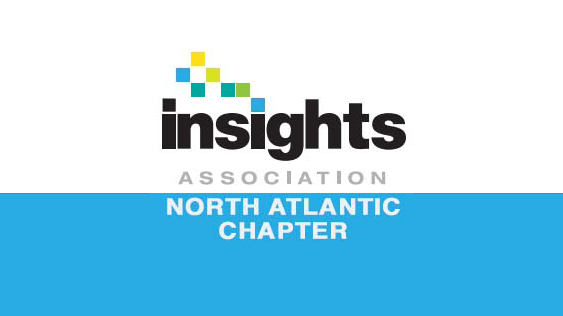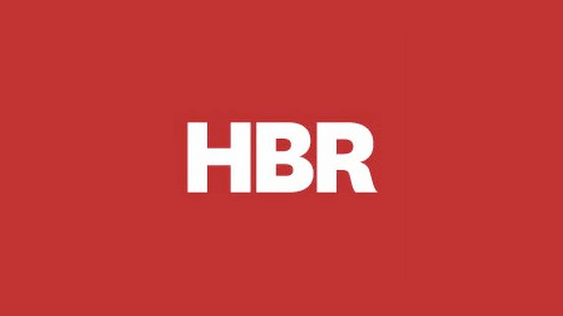Consider the Data Warehouse
By John Sutter

Multiemployer and public funds have a long horizon for their data needs: systems change, plan rules change and years of contribution history for pensions and annuities must be maintained. Building a data warehouse is one solution to taking the data that’s trapped in your operational systems and making it useful. To free the valuable data and make it accessible will involve lots of time, people, resources, and possibly new technologies. But before getting lost in the language and technical aspects of data warehousing, there are five guiding principles I recommend for designing the data warehouse that can help your project be a success.
- Define your objectives. Designing the data warehouse can become a contentious struggle between business users and IT developers. Take the time to reach consensus and publish the goals of the data warehouse. This important step can serve as the guardrails that keep the project on track.
- Design for the users. Be prepared to answer design considerations for how the users will use the data. You want to be sure that the design supports users in asking the right questions to get accurate answers.
- Design for the benefit plan. The designers of your data warehouse schema will need to understand many of the fund’s legacy business rules and other business processes that generate data. Every fund office is different and understanding the rules is just as important as understanding the technology.
- Design in stages. Often, organizations that try to design a warehouse for the entire enterprise will encounter rework along the way. Business processes or project dimensions may change over time before the whole warehouse is deployed. Designing in stages by subject areas (claims processing or pension contribution history, for example) will be more efficient and expedient than trying to design for the entire enterprise.
- Design for Usage. Form follows function when in comes to historical data sets. Keep in mind that in some cases, you’ll need to deliver information extremely quickly. Form usually follows function so designing de-normalized and summary tables may be the best approach to support rapid response time. Indexing methods or specific hardware appliances can boost performance of queries. Almost all considerations map back to knowing how the data will be used.
Once you have designed and implemented the data warehouse, the work doesn’t stop there. Be sure to review the original goals defined for the data warehouse and keep a record of fund office business decisions that are made as result of data warehouse queries. That way, you can justify and understand the value of the warehouse and learn from the decisions made along the way.
Access Your Benefits – Anytime, Anywhere
By John Sutter

Thanks to online banking and other early adopters of online and mobile applications, a fund office should be able to rollout a mobile app with confidence, knowing that training and user adoption will be an easy task. For members, there’s a great deal of value in being able to access information anytime, anywhere. A mobile benefits app helps members keep track of information and ask questions that are important to them. Do I have enough qualifying hours for health benefits? How close am I to retirement? Have my employers reported all of my hours to the fund office? What will my pension be if I retire next year? Where is the nearest healthcare facility in my network from my current location?
However, keeping members informed with is only a small part of the value proposition of a mobile application. The steps involved in preparing for and building a mobile app have even greater value to the operations team at the fund office. Before deploying the mobile app, a fair amount of attention will be paid to cleaning historical data. This exercise will likely involve documenting the specifics of business processes and the rules that apply to different member groups. Making the data transparent means getting the data right. This task forces the fund office to be clear and focused on data quality, the foundation of everything a fund does.
Now that the data for the mobile app has been cleansed and scrutinized, it can serve as an excellent tool for fund office managers to analyze member data. With SQL Query tools, fund office managers can ask ad-hoc business questions and make fact-based decisions to improve and optimize operations. Standard reports, trend reports, and other analytics can be developed for managing the fund office and these will influence the fund office business rules.
Creating the mobile benefits app will be a delighter for members as they can access their data easily at any location during the course of their day. It can also be a strategic way to improve the fund office operations and analytic capabilities in support of better decision-making. For members and fund office managers alike: a win, win.
John Sutter
John is a Principal at MIDIOR, where he is a practice lead for both management consulting and technology services. With a background spanning systems architecture, user interface design and data analytics, John is known for helping clients change the way they think about data and most recently has focused his attention on mobile applications and analytics to support claims auto-adjudication.











